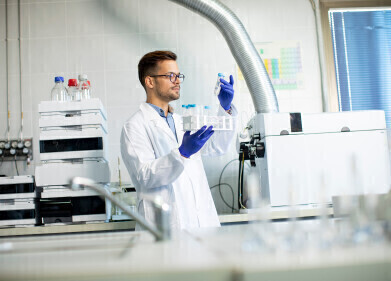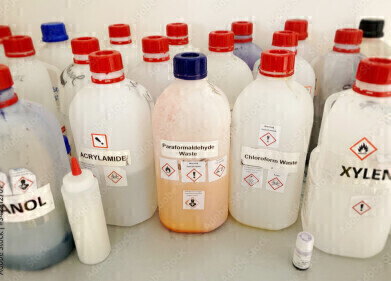Supercritical fluid (SFC), Green Chromatography
What are Green Chemistry Solvents and how are they Used?
Feb 21 2023
Green chemistry is a rapidly growing field of research that focuses on developing and improving chemical processes and products that reduce or eliminate the use and generation of hazardous substances. One important aspect of green chemistry is the development of green solvents for use in various chemical processes. In chromatography, green solvents are particularly important because they are used to separate and purify chemicals, and traditional solvents can be toxic, expensive, and difficult to dispose of.
Green chemistry solvents for chromatography are designed to be more environmentally friendly than traditional solvents. They are usually made from renewable resources, have a lower toxicity, and are biodegradable. Some examples of green solvents for chromatography include water, supercritical carbon dioxide, and ionic liquids. These solvents offer many advantages over traditional solvents. For example, water is cheap and abundant, and can be used to separate polar molecules. Supercritical carbon dioxide is non-toxic and can be easily recycled. Ionic liquids are versatile and can be used to separate a wide range of compounds.
Green solvents are also used in various types of chromatography techniques, such as normal phase chromatography, reversed-phase chromatography, and ion-exchange chromatography. In normal phase chromatography, green solvents like water or ethanol are used as the mobile phase, while non-polar solvents like hexane or toluene are used as the stationary phase. In reversed-phase chromatography, a non-polar solvent like methanol is used as the mobile phase, while a polar solvent like water is used as the stationary phase. In ion-exchange chromatography, ionic liquids are used to separate molecules based on their charge.
In conclusion, green chemistry solvents for chromatography are a promising field of research that has the potential to reduce the environmental impact of chemical processes and make them more sustainable. The use of green solvents can lead to safer and more cost-effective processes and reduce the need for hazardous and expensive solvents. As the demand for sustainable chemical processes continues to grow, the development of green solvents will become increasingly important.
More information online
Digital Edition
Chromatography Today - Buyers' Guide 2022
October 2023
In This Edition Modern & Practical Applications - Accelerating ADC Development with Mass Spectrometry - Implementing High-Resolution Ion Mobility into Peptide Mapping Workflows Chromatogr...
View all digital editions
Events
Nov 12 2024 Tel Aviv, Israel
Nov 18 2024 Shanghai, China
Nov 18 2024 Plainsboro, NJ, USA
Nov 20 2024 Karachi, Pakistan
Feb 03 2025 Dubai, UAE














